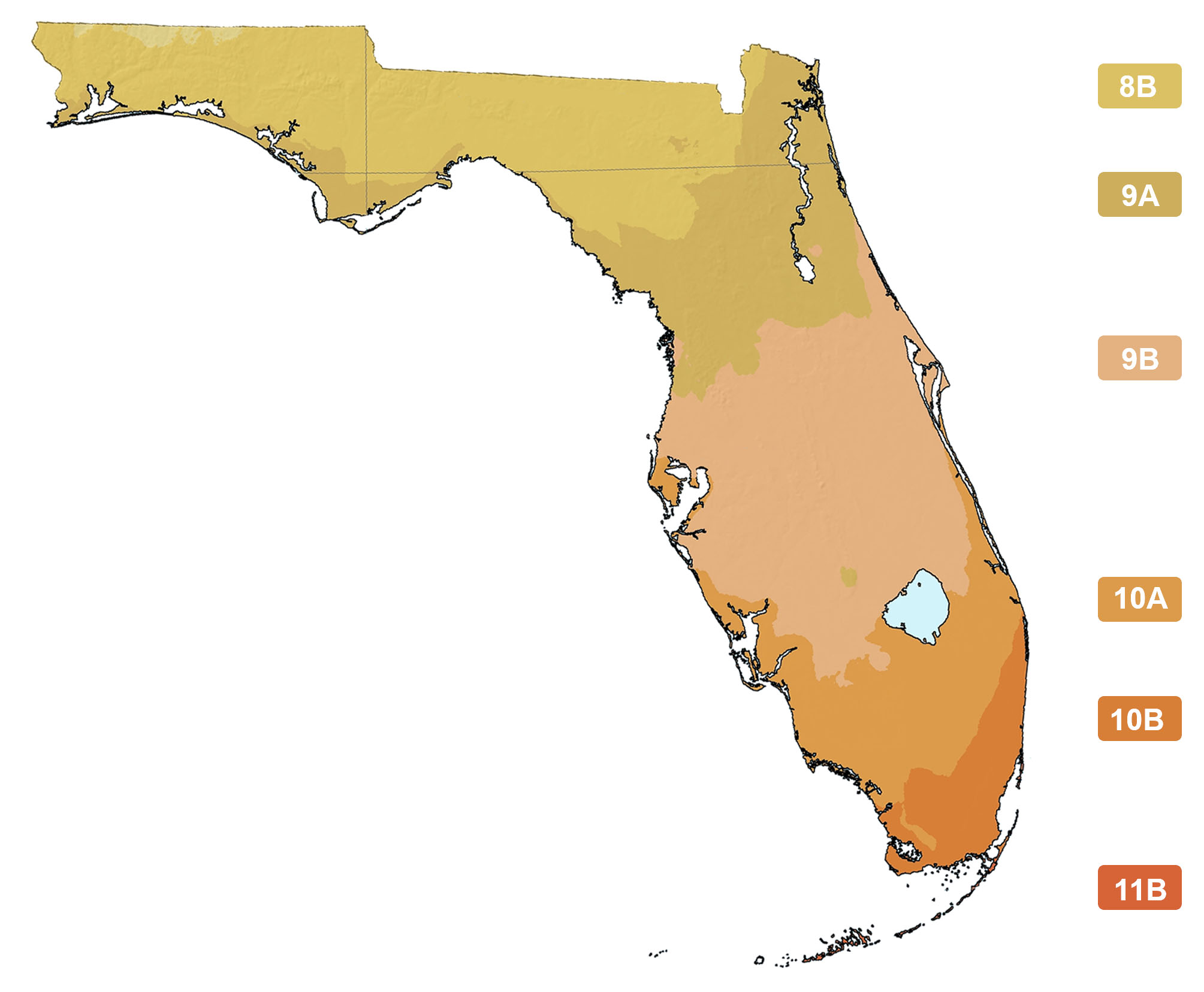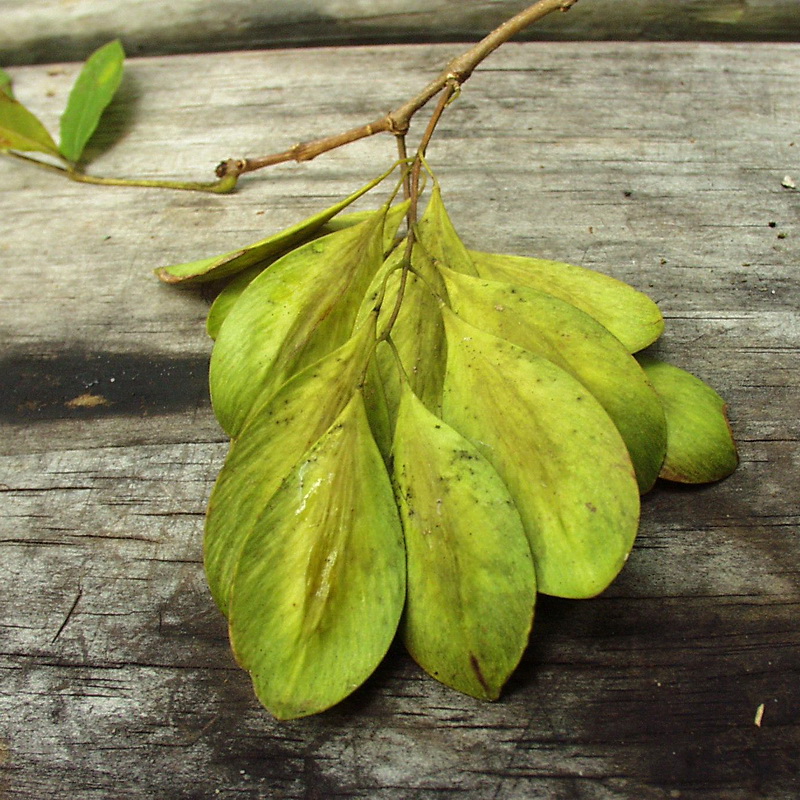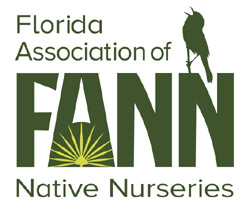Fraxinus caroliniana
Photographs belong to the photographers who allow use for FNPS purposes only. Please contact the photographer for all other uses.
Pop Ash, Water Ash
Oleaceae
Plant Specifics
| Form: | Tree | |
| Size: | 30-60 ft tall by 10 ft wide | |
| Life Span: | Long-lived perennial | |
| Flower Color: | NA | |
| Fruit Color: | Brown | |
| Phenology: | Deciduous, blooms in early spring, fruits ripen summer-fall. Dispersal is by wind and water. Lives about 50 yrs (Nelson 2003). | |
| Noted for: | Interesting foliage |
Landscaping
| Recommended Uses: | Use in wet settings to improve the aesthetics of drainage ponds and swales. This is a good plant to retain in natural wetlands as it is frequently used for roosting by wading birds. Often multi-trunked. | ||||||||||||||||||||||||||||||||||||||||||
| Considerations: | The wood is soft. | ||||||||||||||||||||||||||||||||||||||||||
| Propagation: | Seed. | ||||||||||||||||||||||||||||||||||||||||||
| Availability: | Native nurseries | ||||||||||||||||||||||||||||||||||||||||||
| Light: | Full Sun, Part Shade | ||||||||||||||||||||||||||||||||||||||||||
| Moisture Tolerance: |
always floodedextremely dry |
||||||||||||||||||||||||||||||||||||||||||
| (Aquatic ----- to ----- Somewhat moist, no flooding) | |||||||||||||||||||||||||||||||||||||||||||
| Moisture Tolerance: | Aquatic ----- to ----- Somewhat moist, no flooding | ||||||||||||||||||||||||||||||||||||||||||
| Salt Water Flooding Tolerance: | Not salt tolerant of inundation by salty or brackish water. | ||||||||||||||||||||||||||||||||||||||||||
| Salt Spray/ Salty Soil Tolerance: | Low/no tolerance of salty wind or direct salt spray | ||||||||||||||||||||||||||||||||||||||||||
| Soil or other substrate: | Clay, Loam, Organic material (muck), Sand | ||||||||||||||||||||||||||||||||||||||||||
| Soil pH: | Acidic to neutral | ||||||||||||||||||||||||||||||||||||||||||
Ecology
| Wildlife: |
Rodents and birds consume seed. | |
| Insects: | Larval host for eastern tiger swallowtail (Papilio glaucus), mourning cloak (Nymphalis antiopa) and viceroy (Limenitis archippus). | |
| Native Habitats: | Wet sites. Floodplains, swamps. Typically in areas with prolonged, deep inundation. |
Distribution and Planting Zones
Natural Range in Florida
USDA Zones
Suitable to grow in:
10A 10B 8A 8B 9A 9B

USDA zones are based on minimum winter temperatures
Comments
| General Comments: | The Emerald Ash Borer (Agrilus planipennis) is a very destructive wood-boring beetle native to Asia. It was discovered in North America in July 2002, and has become established in Michigan, New York, Ohio and Ontario (Canada). Millions of ash trees have been killed in the northeastern US. Although the borer has not been detected in Florida (Dec. 2011), the presence of ash trees and the ongoing movement of wood, trees and cargo into the state make Florida an area where the beetle could potentially become established. Your help is needed to detect possible infestations so they can be quickly eradicated...if you see it, contact the Florida Division of Forestry. |







